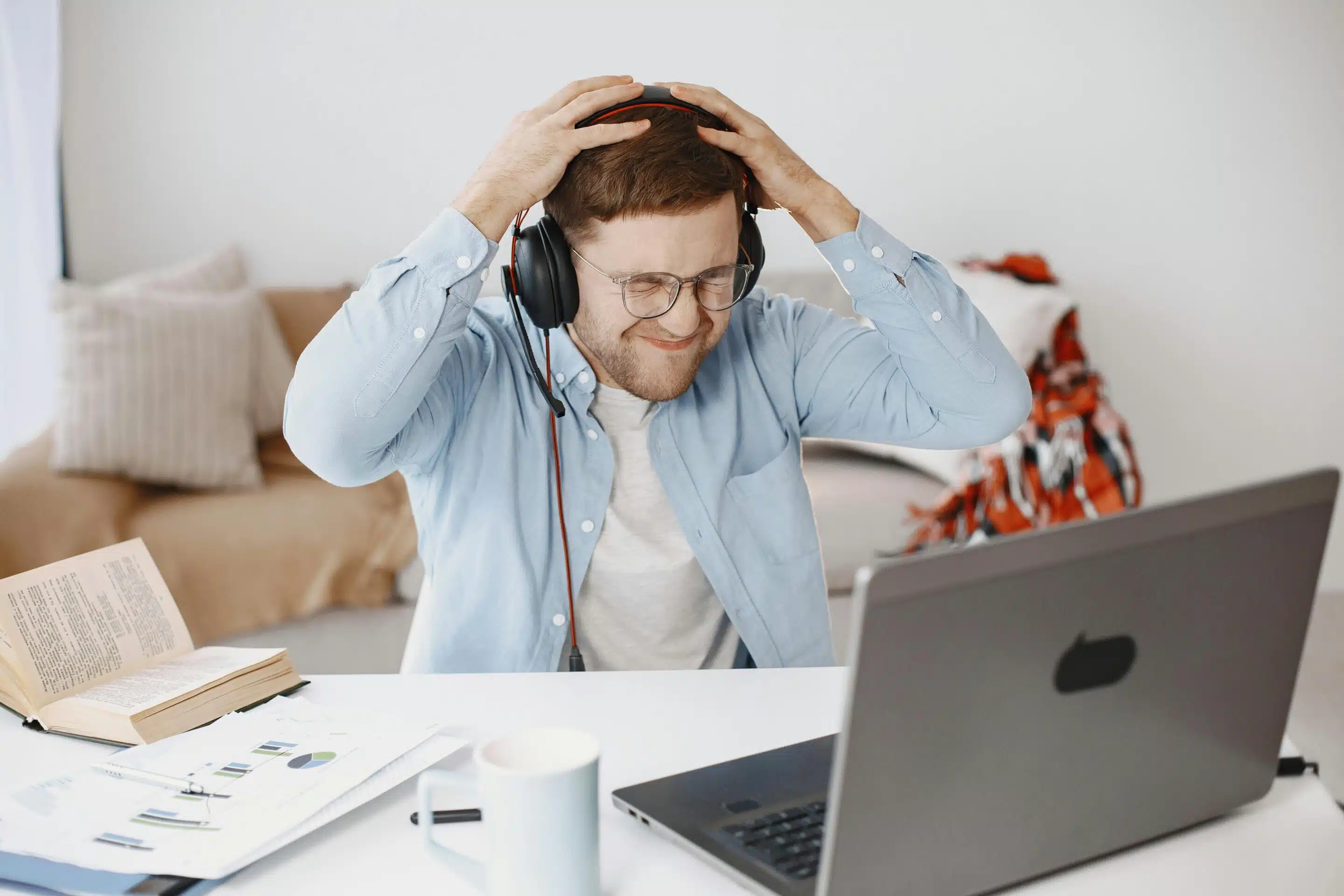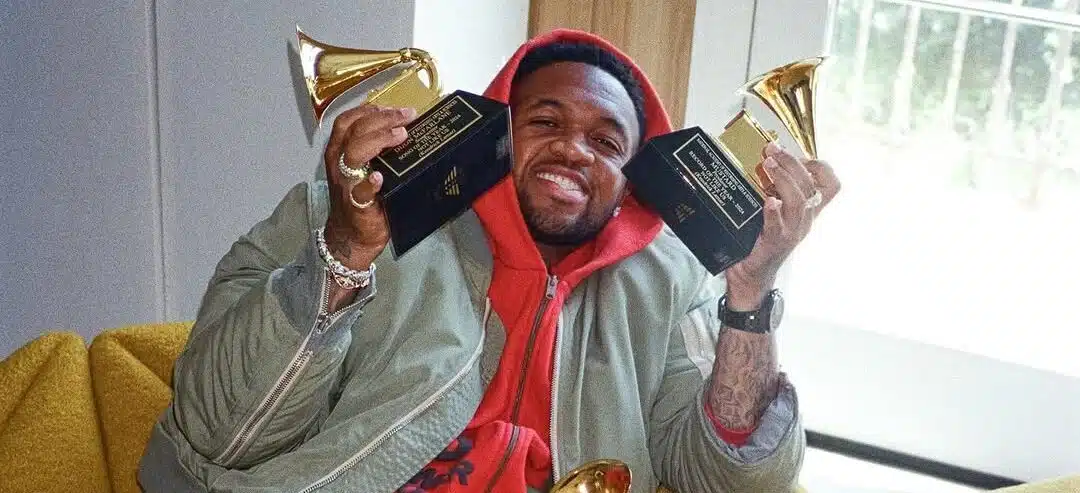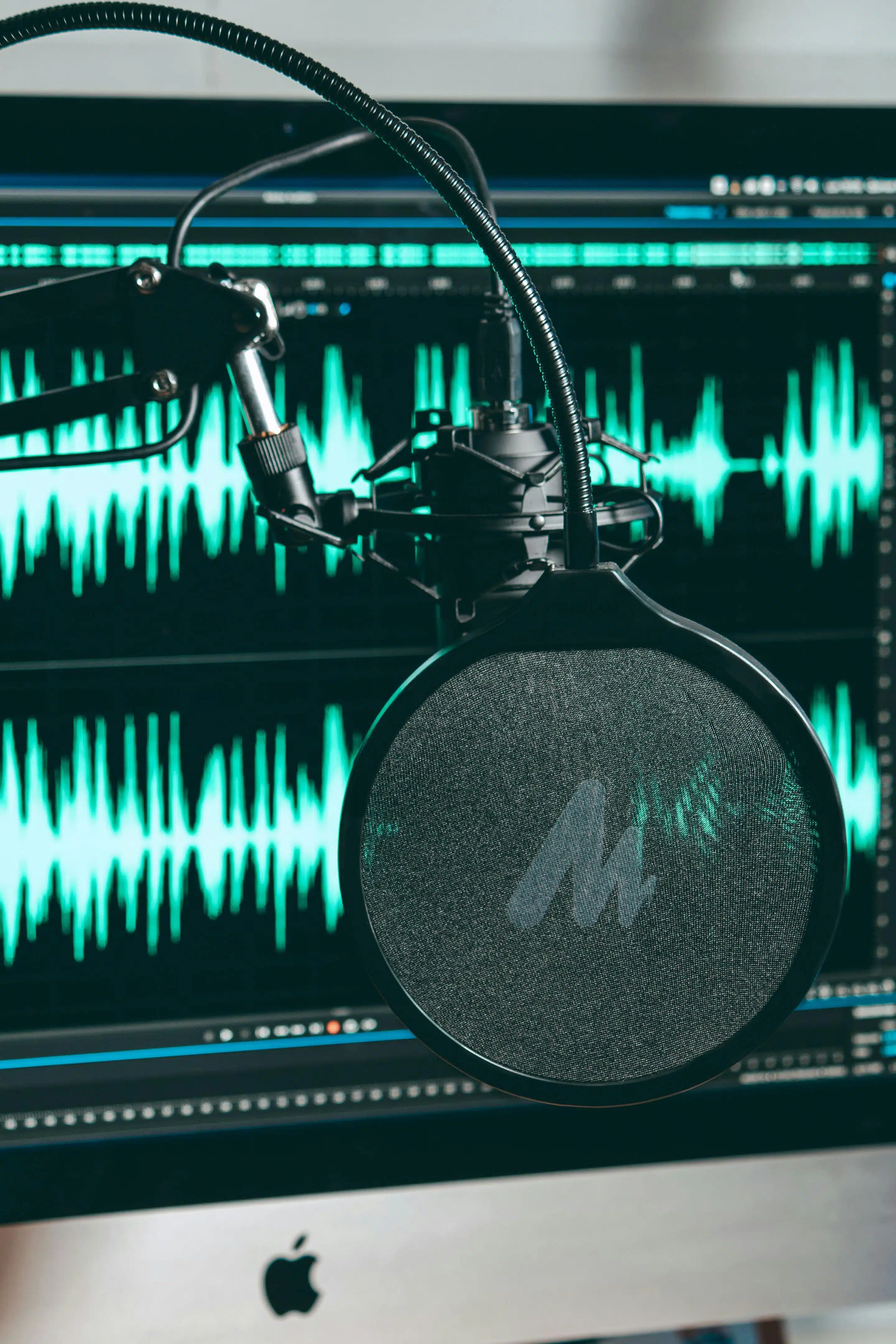As a professional in the field of audio engineering, I often receive inquiries about building a home recording studio. Although a home recording studio may not compare to a state-of-the-art facility like Bay Eight Recording Studios Miami, it is still possible to create high-quality music from the comfort of your own home. In this article, we will guide how to build a home studio with a budget of $5,000. We’ll be looking into microphones, monitors, interfaces, and acoustic treatments to get you started.
1 Choosing Your Computer
Firstly, a powerful computer is the heart of any home recording studio. Your computer will function as the hub for recording music, processing, and mixing audio. To ensure smooth music production, your computer should have sufficient RAM, storage, and processing capabilities. For music production, 8GB RAM and a 4-core processor are the minimum requirements for a computer.
2 Digital Audio Workstation (DAW)
A Digital Audio Workstation (DAW) is the software used by music producers and sound engineers. It allows you to record, edit, and mix your tracks into a single, finished audio file. There are plenty of different DAWs available. However, it is important to find one that works for you. First, Pro Tools has been the industry standard for decades. Furthermore, it’s not just artists who use Pro Tools for recording audio, but also engineers due to the layout and format the DAW offers. Protools is clear, concise, and one of the easier DAWs to use. The speed Pro Tools offers is superior to many DAWs.
Secondly, Logic X Pro by Apple is good for recording audio as well, but with a focus on production. Logic is only available on Mac. As a matter of fact, most users of Logic claim it to be an upgraded version of GarageBand. Logic offers great flexibility. Artists like Billie Eilish and Finneas have been known to use this DAW. Lastly, Ableton Live is primarily used by beatmakers and music producers. However, it is also a good DAW for recording. Additionally, there are many other DAW options available, each with its own set of features and pricing.
Review of DAWs:
Pro Tools Ultimate: $600
- Industry standard recording software
- Engineers use the DAW for mixing
- Easy use
Logic Pro X: $200
- Great for production
- Clear audio recordings
- Only for Mac
Ableton: $750
- Used primarily for beat-making
- Can get decent recordings
3 Microphones
Selecting the right microphones is crucial for achieving high-quality recordings. Different types of microphones are suited for different recording purposes. Dynamic microphones are best for capturing loud instruments, such as drums and electric guitars. Condenser microphones for vocals and instruments, and multipattern USB condenser microphones for podcast recording.
Dynamic Microphones for Home Studio
One highly recommended bedroom microphone is the Shure SM7B. This dynamic microphone is not as sensitive as a condenser microphone, making it ideal for capturing the richness and tone of your voice. Because the microphone is not as sensitive as a Condenser mic, it will not pick up a lot of background. So if your dog Sparky is barking, the mic will not pick it up as long as it’s far enough away. Priced at $400, the SM7B is a great investment. Originally introduced in 1973 and based on the SM5 broadcasting microphone, Shure designed a more compact SM7B to create one of the most popular microphones to date.
Condenser Microphones for Home Studio
Another highly recommended microphone is the AKG 414 Condenser Mic. This microphone is highly sensitive to sound, so caution is advised when using it. However, it is one of the best microphones available on the market today. The AKG focuses on warmth, brightness, and maximum detail. Furthermore, this microphone has several versions with different capabilities. It is highly versatile and suitable for recording not only vocals, but also guitars. Furthermore, legends like Freddie Mercury and Kurt Cobain used the AKG 414 to record their vocals as well as guitars.
This microphone is available at our studio, so you can request it when you record with us. Additionally, the Neumann TLM 102 Condenser Microphone is another recommendation. It captures the classic Neumann sound, which is warm and dependable. While the Neumann U87 is often the first microphone that comes to mind when people think of Neumann, it is a costly $3,000 microphone. On the other hand, the TLM 102 is an affordable option for those with a home recording studio. Debuted in 2009, this microphone is a great deal for the price and value it offers.
Mics Reviewed:
Shure SM7B: $400
- A great microphone for home setups, a detailed mic despite being a dynamic microphone
AKG C414: $1300
- A bright-sounding condenser mic used by legends like Kurt Cobain and Freddie Mercury
TLM 102: $750
- A classic Neumann tone that adds versatility for most voices
4 Interfaces
Audio interfaces are a vital part of your home studio setup, converting analog signals from microphones, instruments, and other audio sources into digital information that your computer can process. The computer recognizes the interface and stores the audio files in your session. Also, interfaces route audio from your computer to studio monitors for accurate playback. The first interface we highly recommend is Solid State Logic 2 (SSL). This high-quality interface is produced by a legendary company known for its analog mixing consoles, and this interface is offered at an affordable price. The SSL preamp provides a warm tone, ensuring clear recordings for home use. Equipped with two inputs and outputs, this interface is capable of recording guitars and other instruments that require 1/4in inputs. The SSL 2 is an excellent choice for beginners and professionals building a studio at home.
Secondly, we recommend the Universal Audio (UAD) Volt 2. Universal Audio is a leading manufacturer of plugins and audio hardware. This newer interface offers incredible value and clarity. The Volt 2 comes with a unique feature that allows vintage voicing on the preamp, resulting in subtle yet significant improvements to overall recordings. With two inputs and two outputs, it is perfect for a simple home studio. Finally, we recommend the Audient iD4, known for its simplicity. This straightforward 2i2 interface with master controls still offers good-quality recordings with a simple layout, providing basic features like other interfaces.
Review of Home Studio Interfaces:
SSL 2: $180
- SSL Clarity
- Known for analog sound
UAD Volt: $190
- Different voicing of preamps
- Leading manufacturer of plugins, some come with the interface
Audient iD4: $200
- Very simple control layout
- No special features, very simple
5 Monitors

The best monitors, especially for the mixing stage of your music, offer the flattest response. One of the speakers that offer this is the Yamaha HS series, which has been a studio favorite since the 1970s for engineers across the recording studio industry. With extremely detailed sound at an affordable price, they come in different sizes for different rooms. The smaller HS5s are suitable for smaller rooms and the larger HS8s are better for medium-sized rooms. Also, to complement the HS5s, you can buy a Yamaha HS8 subwoofer, a small 8-inch sub to help control the lower end of your mixing process.
The second set of speakers we recommend is the JBL 305P MKII, which are also flat but have a slight low-end tendency. However, they have control of the lower and higher end with trim knobs behind the speakers, making them a great option for home producers. Lastly, we recommend the KRK ROKIT 5 G4. Although slightly cheaper, they do not offer the same clarity of sound as the Yamaha or JBL monitors mentioned above. However, they come in an array of sizes and can still be a good option for those on a tight budget. Quality studio monitors are essential for accurate audio production in your home studio. At Bay Eight Studios, we provide a balanced, unaltered sound, allowing you to make precise adjustments to your mix.
Overview of Monitors:
Yamaha HS5: $400
- Great flat monitors
- Variety of sizes
- Have been trusted since the 1970s
JBL: $300
- Slight low-end tendency
- Does have adjustable bass and treble trim knobs
KRK: $380
- Slightly cheaper option
- Not the highest quality
- Come in different sizes as well
6 Acoustic Treatment
When building a home studio, basic acoustic treatment is essential. A place to start is with diffusers, which help divide the sound in the room, ensuring that it is properly dispersed. Without diffusers, standard rooms can develop sound pockets that do not allow the sound to divide and distribute correctly. The next type of acoustic treatment to consider is sound panels. Sound panels absorb sound, helping filter out the extra sound that is not needed in the room. There are different types of sound panels, including broadband absorbers, which can absorb sound across a wide range of frequencies, and resonant absorbers, which target specific frequencies. By combining diffusers and sound panels, you can create an optimal acoustic setting.
If your room is too dead it will not be accurate for mixing. You can see in the image above, how we use wooden diffusers to help the sound get out of pockets and focus toward the center of the room. To save money, you also have the option of DIYing acoustic treatment.
Acoustic Treatment:
Auralex MAX-Wall 4 Pack: $600
Essential Accessories and Upgrades for Your Home Studio
In addition to the main components of your home studio, you’ll also need various accessories and upgrades, such as cables, pop filters, mic stands, acoustic shields, MIDI controllers, power conditioners, tuners, backup storage, comfortable chairs, and soundproofing. These items can help you create a professional-sounding recording environment and ensure that your recordings are of the highest quality.
Avoid Gear Acquisition Syndrome and Maintain Focus
As you build your home studio, it’s important to prioritize high-quality, straightforward tools and avoid the temptation to constantly upgrade equipment. Gear Acquisition Syndrome (GAS) can be a major pitfall for many musicians and producers, leading to a never-ending cycle of purchasing new gear without truly mastering their existing tools.It’s important to remember that the quality of your recordings is most dependent on your skills, so keep striving to get better at your craft.
Conclusion
In conclusion, building a home recording studio can be a daunting task. Nevertheless, with the right equipment and knowledge, it is possible to create high-quality music from the comfort of your own home. I hope this guide was helpful in you building your home recording studio. By carefully selecting the right space, equipment, and software, you can create a professional-quality studio that caters to your unique needs and preferences. Stay focused on mastering your craft, and soon you’ll be producing music that rivals the best studios in the industry. Happy recording!












